As global water scarcity intensifies, a new wave of designers is stepping in — not with massive dams or government-funded infrastructure, but with smart, sustainable, and beautifully simple innovations. From fog-catching fabrics to retrofitted drainpipes and wearable water harvesters, these concepts represent a shift in how we think about design: not just as a tool for function or aesthetics, but as a means of survival. At the intersection of innovation and environmental stewardship, water harvesting has never looked more intelligent — or more inspiring.
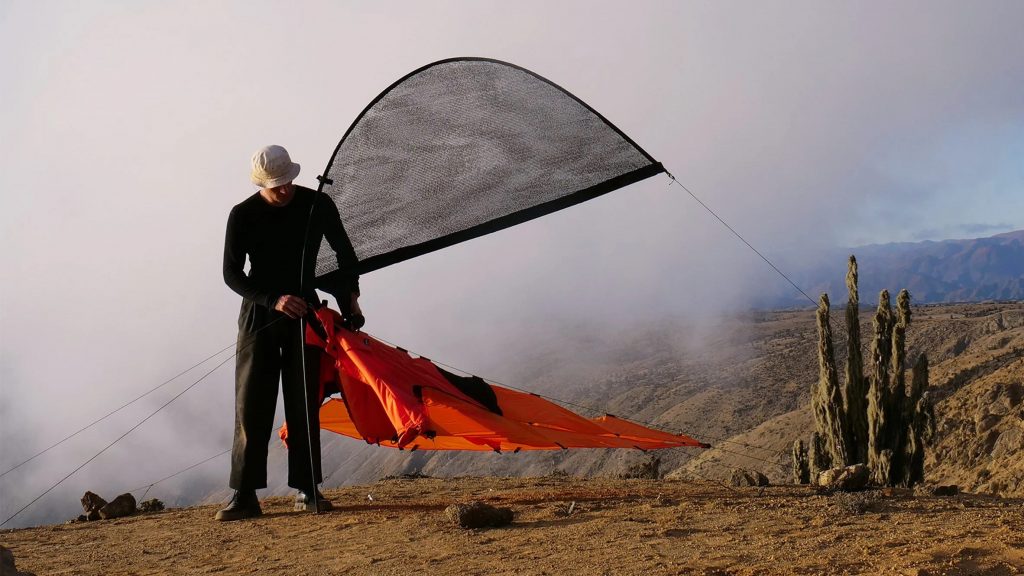
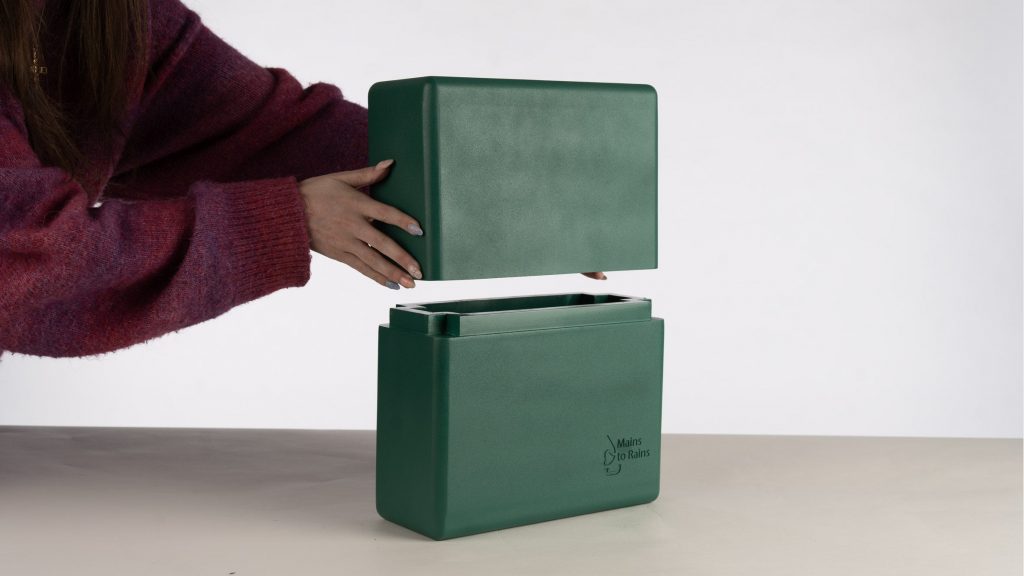
Mains to Gains by Hope Underwood
In the UK, where rainfall is abundant but water efficiency is lagging, Northumbria University graduate Hope Underwood saw a gap and designed her way through it. Her project, Mains to Rains, is a modular, retrofittable rainwater harvesting kit that reroutes rainwater from domestic drainpipes into gravity-fed tanks used to flush toilets. It’s not flashy — it’s just smart.
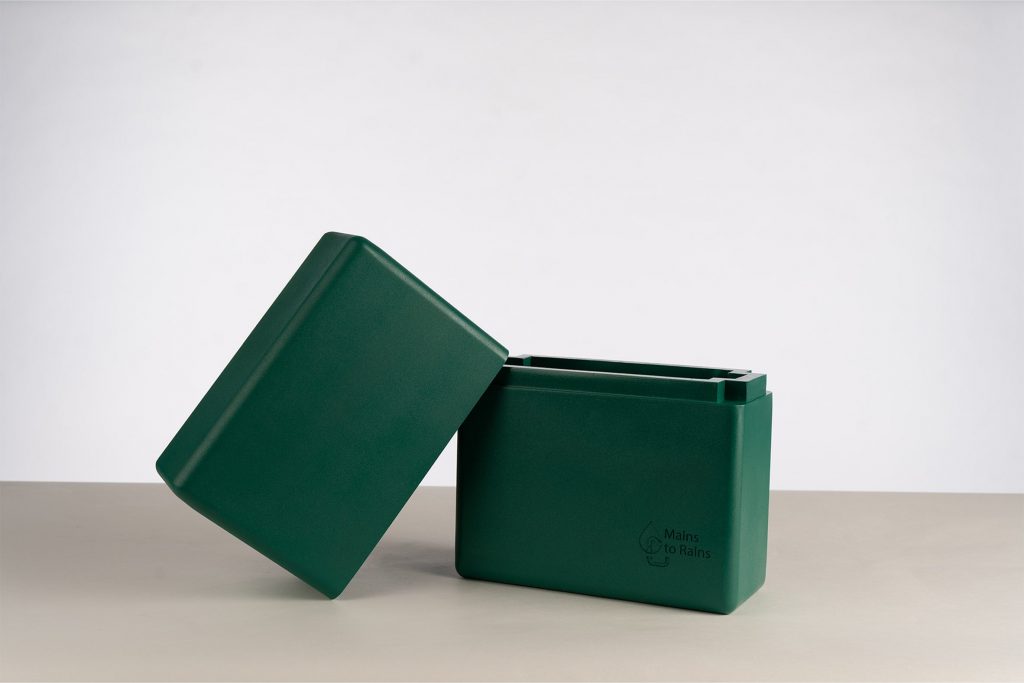
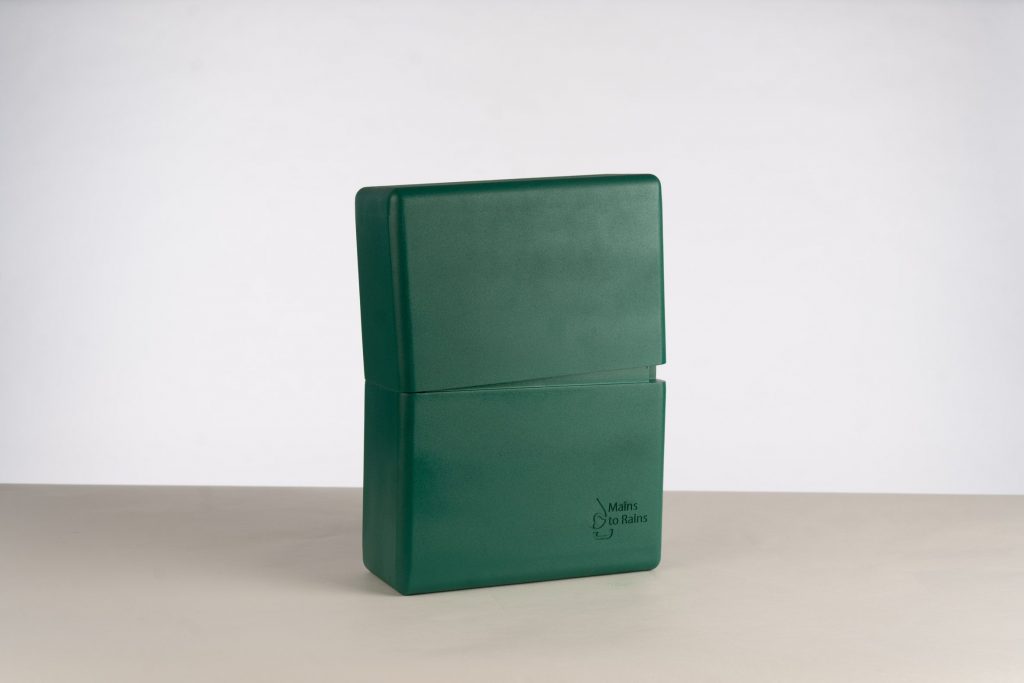
Mains to Gains by Hope Underwood
Considering that toilet flushing accounts for roughly 30% of household water use, the environmental impact of redirecting this one activity is immense. Underwood’s design is scalable, user-friendly, and installable without professional plumbing. Each 50-liter tank can be linked to others to expand capacity, while a solenoid valve ensures safety by preventing contamination of potable water. In essence, Mains to Rains brings large-scale thinking to a small-scale, everyday behavior.
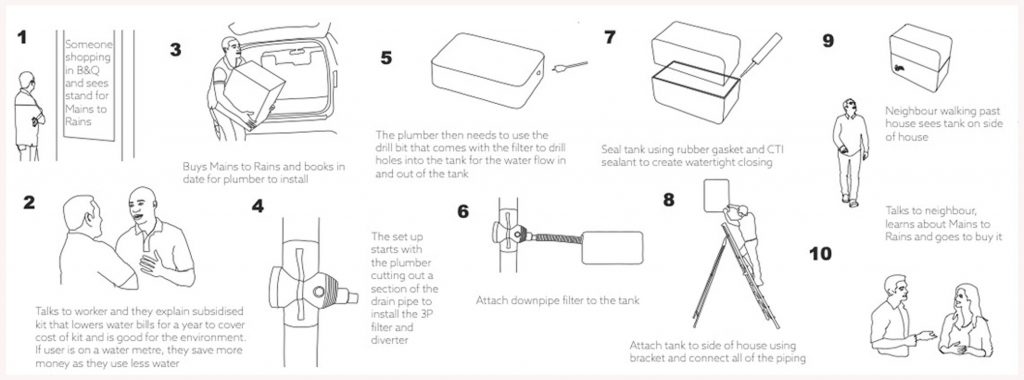
Mains to Gains by Hope Underwood
It’s a reminder that not all innovations need to reinvent the wheel. Sometimes, they just need to reroute the pipe. With support from local water companies and potential subsidies, Underwood’s vision could be rolled out across the UK — offering a practical way to conserve water while trimming down utility bills. Proof that sustainability can live on the side of your house, not just in political manifestos.
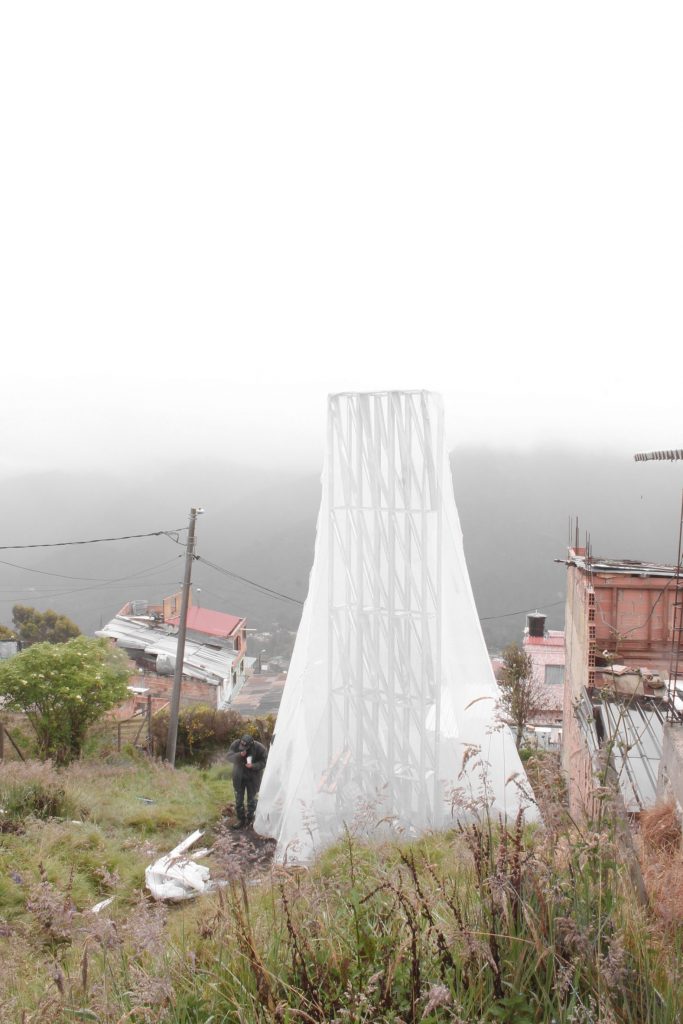
Fog Harvester by Alsar Atelier and Oscar Zamora
Meanwhile, on the misty edges of Bogotá, Colombia, another kind of water harvesting system has taken shape — one that taps into the sky itself. Alsar Atelier, working with Nicaraguan designer Oscar Zamora and local leaders, developed a fog-catching installation using an industrial mesh fabric known as polisombra – normally used to fence off construction sites, now reimagined as a tool of community resilience.
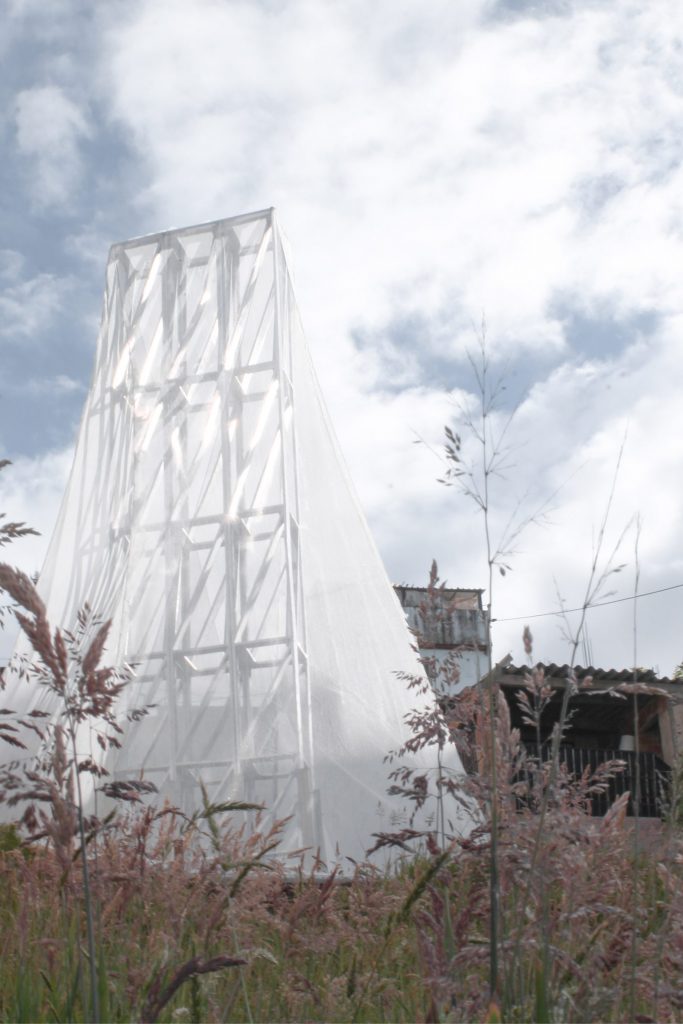
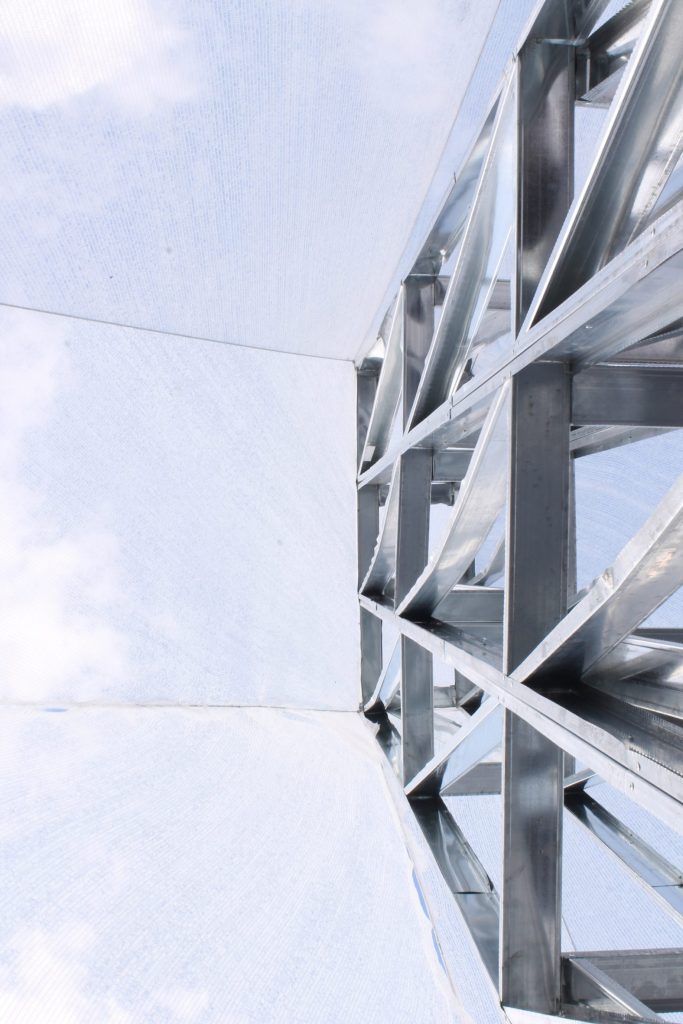
Fog Harvester by Alsar Atelier and Oscar Zamora
The structure is elegantly simple: a lightweight steel frame wrapped in mesh that traps airborne water particles, guiding them via gravity into a collection pipe for use in agriculture and greywater systems. Built in under a week by local residents without concrete or machinery, the harvester collects up to 200 liters of water a week during the rainy season. But more than its output, its value lies in what it represents: a replicable, low-tech model that communities can build and adapt themselves.
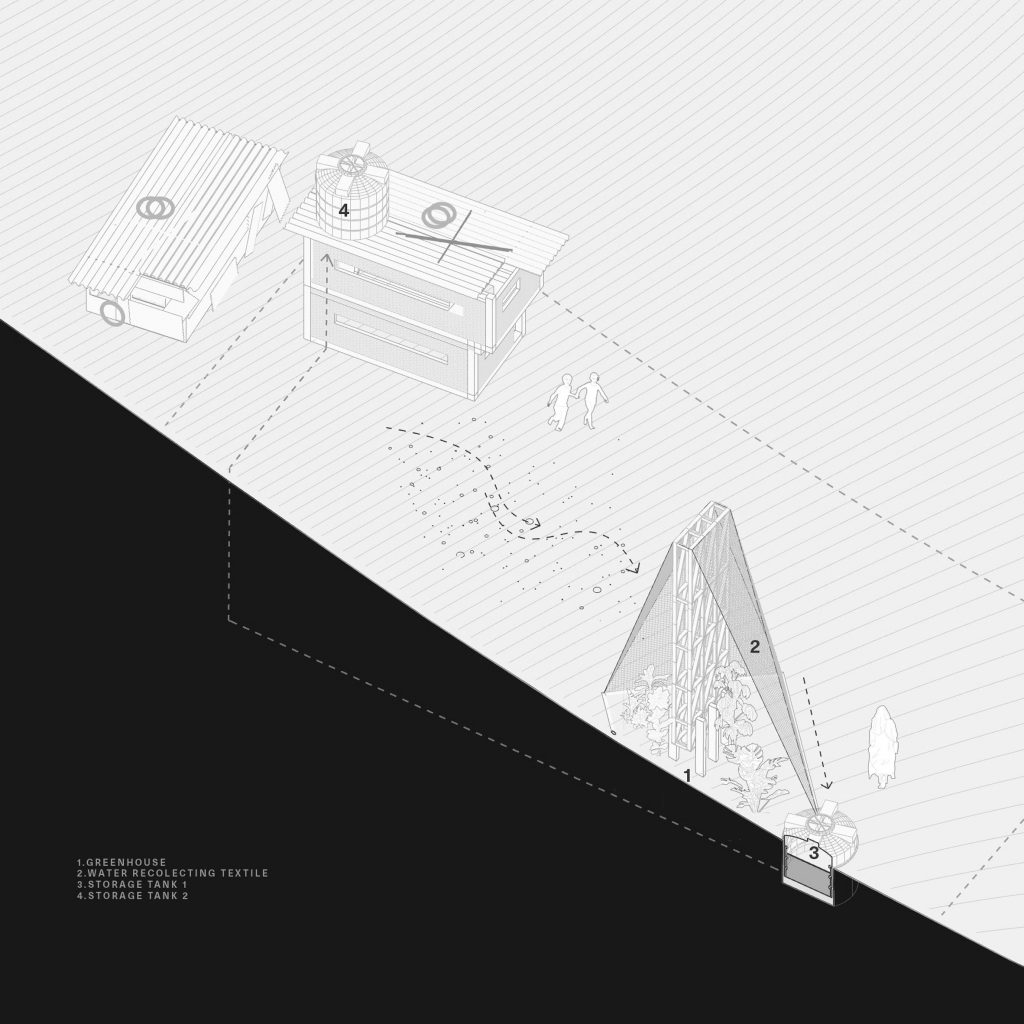
Fog Harvester by Alsar Atelier and Oscar Zamora
Beyond functionality, this project questions the rigidity of traditional construction methods in self-built environments. It’s an architectural intervention that is as much about empowerment as it is about hydration. As the structure stands draped in mist, it becomes a new kind of landmark—not just a source of water, but of knowledge, possibility, and local pride.
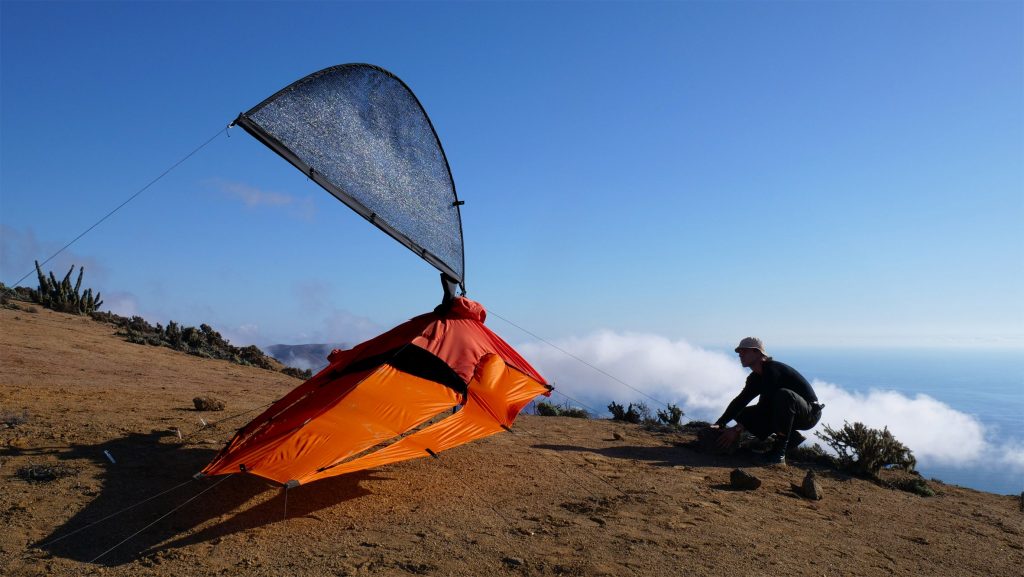
Fog-X Jacket by Pavels Hedström (also header image)
While some designs stay grounded, others take to the body. Fog-X, the award-winning jacket by Swedish designer Pavels Hedström, doesn’t just protect against the elements, it harvests them. Created for explorers and off-grid adventurers, the jacket captures drinking water from fog, rain, and mist, and doubles as a one-person shelter to shield users from harsh sun.
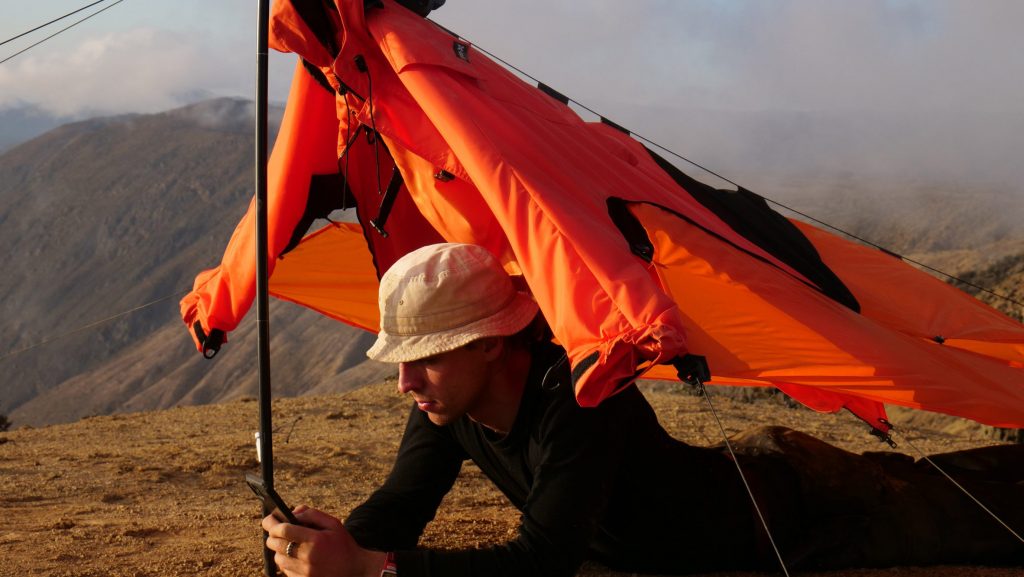
Fog-X Jacket by Pavels Hedström
At the heart of the jacket is a sail-like, mesh-laced antenna that catches airborne moisture and channels it into a built-in water bladder. It’s a self-sustaining system one can wear, and it is designed for some of the most arid and inhospitable places on Earth. Tested in Chile’s Atacama Desert, one of the driest places on the planet, Fog-X proved that high-performance gear can also double as a micro-infrastructure for hydration.
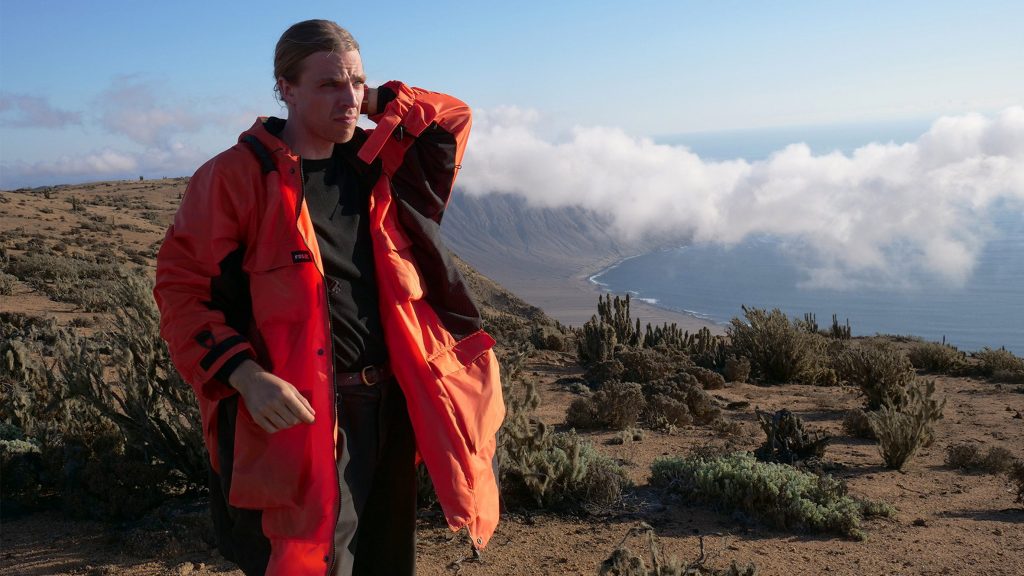
Fog-X Jacket by Pavels Hedström
The designer envisions the concept evolving into more accessible formats—perhaps adapted into shelters, backpacks, or community tools. A companion app, also in development, would help users track fog-prone regions via GPS.